
|
|||||||
|
Cryptome DVDs are offered by Cryptome. Donate $25 for two DVDs of the Cryptome 12-years collection of 46,000 files from June 1996 to June 2008 (~6.7 GB). Click Paypal or mail check/MO made out to John Young, 251 West 89th Street, New York, NY 10024. The collection includes all files of cryptome.org, jya.com, cartome.org, eyeball-series.org and iraq-kill-maim.org, and 23,000 (updated) pages of counter-intelligence dossiers declassified by the US Army Information and Security Command, dating from 1945 to 1985.The DVDs will be sent anywhere worldwide without extra cost. | ||||||
See also:
Chornobyl Nuclear Power Plant
Kursk Nuclear Power Plant
Ignalina Nuclear Power Plant
Smolensk Nuclear Power Plant
St Petersburg Nuclear Power Plant (formerly Leningrad)
7 November 2006
https://cia.gov/csi/studies/vol48no2/article01.html
http://www.nti.org/db/nisprofs/russia/fissmat/putomsk/tomsk7.htm
[Excerpt]Russia: Seversk (Tomsk-7)
Siberian Chemical Combine (SKhK) Activities MPC&A Developments
Reactor Plant
Isotope Separation Plant
Radiochemical Plant
Conversion Plant
Chemical Metallurgical Plant
Fissile Material StorageThe closed city of Seversk, formerly Tomsk-7, is the location of the Siberian Chemical Combine (SKhK). Construction of SKhK was begun in 1949 and the facility officially opened in 1954.[1,2,3] Seversk and its related nuclear facilities are located about 15km north-west of the city of Tomsk. The population of Seversk is approximately 115,000, with estimates of employees at SKhK ranging between 15,000 and 20,000 workers.[1,2,3]
Sources:
[1] "Tomsk-7/Seversk," Federation of American Scientists Web Site, http://www.fas.org/nuke/guide/russia/facility/nuke/tomsk-7.
[2] "Seversk," Bellona Foundation Web Site, http://www.bellona.no.
[3] "Siberian Chemical Combine," Los Alamos National Laboratory Web Site, http://rnp.lanl.gov/rnp/.../MPC&ARussiaDefenseProgram. {Entered 12/21/2000 GD}
Siberian Chemical Combine (SKhK)
LOCATION: Seversk, formerly Tomsk-7, Tomsk Oblast
Address: 1 ulitsa Kurchatova, Seversk 636070
Telephone: (7-382) 223-48-46; (7-382) 277-17-98,[1] (7-382) 724-446[2]
Fax: (7-382) 277-25-28[1]
E-mail: SHK@seversk.tomsknet.ru[2]Sources:
[1] "Siberian Chemical Combine," Los Alamos National Laboratory MPC&A Web Site, http://mpca.lanl.gov/. {Updated 3/3/99 LWB}
[2] SKhK webpage, http://www.shk.tsk.ru. {updated 6/8/00 FW}
HOMEPAGE: http://www.shk.tomsk.ru {updated 5/2/2001 ES; 12/9/2002 CC}
SUBORDINATION: Ministry of Atomic Energy, Nuclear Fuel Cycle Department
ADMINISTRATION:
Director: Vladimir Vladislavovich Shidlovskiy
["24 aprelya v Severske, v ramkakh vizita delegatsii Minatoma Rossii sostoitsya predstavleniye kollektivu FGUP 'Sibirskiy khimicheskiy kombinat' novogo generalnogo direktora SKhK - Vladimira Shidlovskogo," 23 April 2002, Nuclear.Ru Web Site, http://www.nuclear.ru/news/full/print/887.shtml.] {Entered 6/3/2002 ES}
First Deputy Director for Reconstruction and Technical Development: Valeriy Nikitich Meshcheryakov
Chief Engineer: Vladimir Mikhaylovich Kondakov
[SKhK Web Site, http://www.shk.tomsk.ru/.] {Entered 2/14/2003 DA}
STRUCTURE:
The Siberian Chemical Combine is made up of several large facilities: the Reactor Plant (which houses five plutonium production reactors), the Isotope Separation Plant, the Radiochemical Plant, the Conversion Plant, the Chemical Metallurgical Plant, the Scientific Research and Design Institute, fissile material storage facilities, radioactive waste management facilities, and a number of auxiliary facilities.
[Siberian Chemical Combine Web Site, http://shk.tsk.ru.] {Updated 5/2/2001 ES}
ACTIVITIES:
SKhK was established in 1949, and began producing highly enriched uranium (HEU) for the Soviet nuclear weapons program in 1953.[1,2] The first plutonium production reactor began operating in 1955 and has since produced an estimated 64MT of plutonium.[2] SKhK produced a substantial part of the Soviet plutonium stockpile in its production reactor complex, and it houses both uranium enrichment and plutonium reprocessing facilities.[3] Plutonium pits, HEU pits, and plutonium-HEU composite pits for nuclear warheads were produced at the plant.[4] According to Minatom plans, by 2003 SKhK will no longer be involved in fissile material component production.[10,11] Large quantities of fissile material and radioactive waste in a variety of forms are stored at SKhK.[5] SKhK produces uranium hexafluoride enriched up to 5% U-235 for use in commercial reactors. In November 2000, SKhK enriched 400t of natural uranium from Priargunskiy Mining and Chemical Association. According to the SKhK management, the Combine has the capacity to process 1500t of natural uranium from Priargunskiy per year.[13] Metal uranium with enrichment levels from 1% to 20% U-235 is produced and exported for use in research reactors.[9]
SKhK exports natural uranium hexafluoride, enriched metallic uranium, hydrogen fluoride, stable isotopes, lithium salts, and high-energy magnets.[14] The export of enriched uranium hexafluoride continues to be the basic source of income for SKhK. The volume of all exports produced by SKhK increased from 1993-2001 by a factor of 10. Two contracts signed in 2001 with the South Korean firm KNHP to supply uranium hexafluoride to nuclear power plants in South Korea contributed to this growth.[12] Export production comprised 42% of SKhK activities in 2000, and 47.4% in 2001.[13,14] SKhK products are exported to 21 countries, including the United Kingdom, Germany, France, Finland, Belgium, Sweden, and Chile.[12]
An inspection in 2001 of SKhK by specialists from the French firm Framatome showed that the quality management system at the combine meets Russian standards and approaches international standards. SKhK anticipates that its quality management system will be certified in accordance with international standards under ISO 9001 in the second half of 2002.[12]
Blending down HEU under the auspices of the US-Russia HEU Deal comprised an estimated 80% of plant activity as of September 1997.[1] Although the volume of HEU blended down increased year to year, it only comprised 26.3% of the plant's output in 2000, and 21.9% in 2001.[13,14] SKhK is also developing fuel for a Gas Turbine-Modular Helium Reactor that is being designed by US, Russian, French, and Japanese experts to burn weapons-grade plutonium (in the form of MOX fuel) and produce electricity, replacing the electricity currently being generated by SKhK plutonium production reactors.[1,5,7] The United States is contributing approximately $5 million annually to this project.[8] Other conversion activities include the use of plasma technologies to make superfine metal powders for manufacturing ceramics, the production of high-energy magnets[1,2] and superconductor materials, synthesis of insulin, production of new materials and light stable isotopes, and the development of technology for "recycling" weapons-grade plutonium.[2,13] Although foreign contracts for uranium processing have allowed the plant to expand its work force since 1994, the September 1997 employment figure of 15,000 is 25 percent below the 1993 employment level.[1,2] (Please see the SKhK Developments file for more information.)
This facility may be compared to those in the US: http://www.nnsa.doe.gov
And those in the United Kingdom: http://www.awe.co.uk/
|
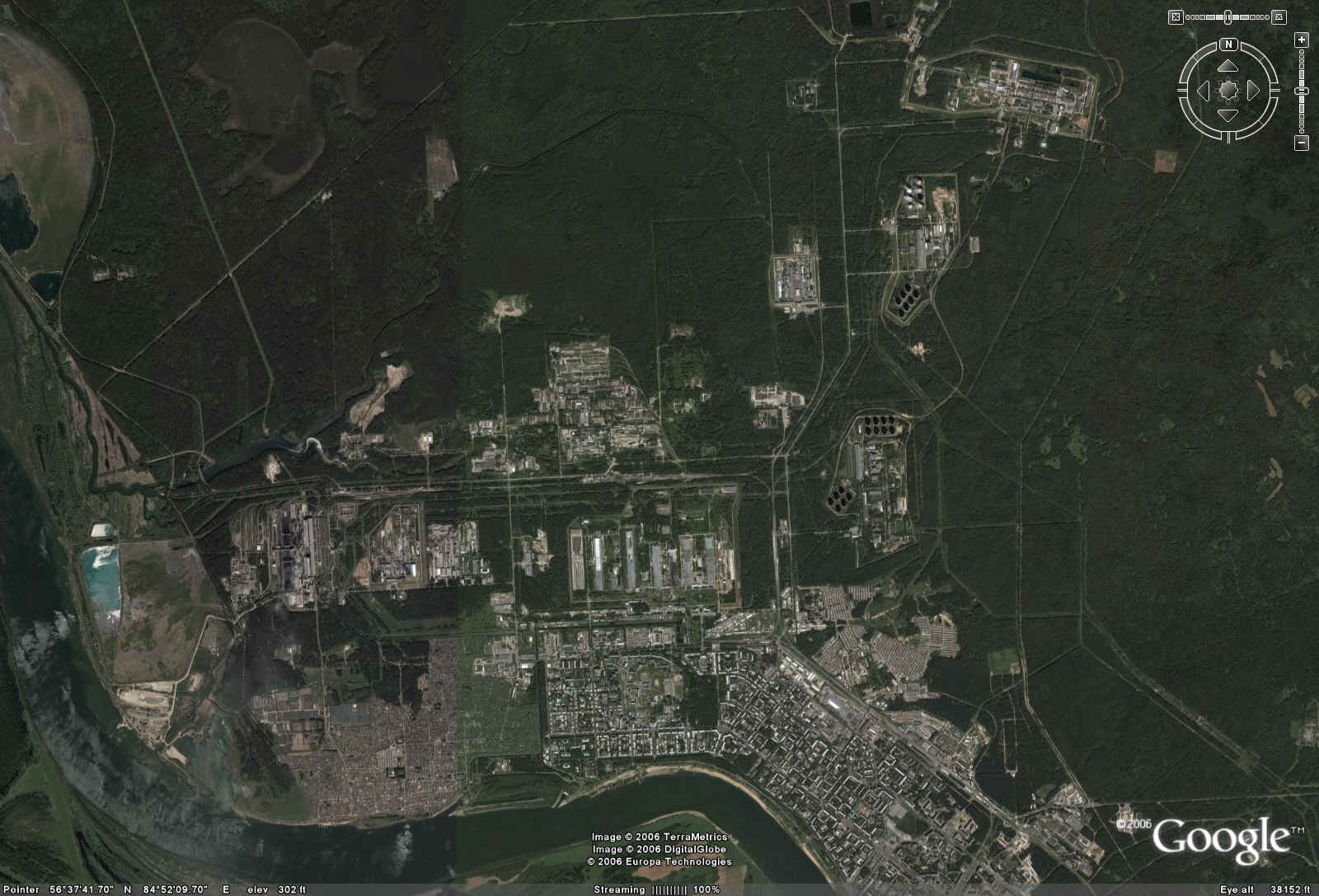 |
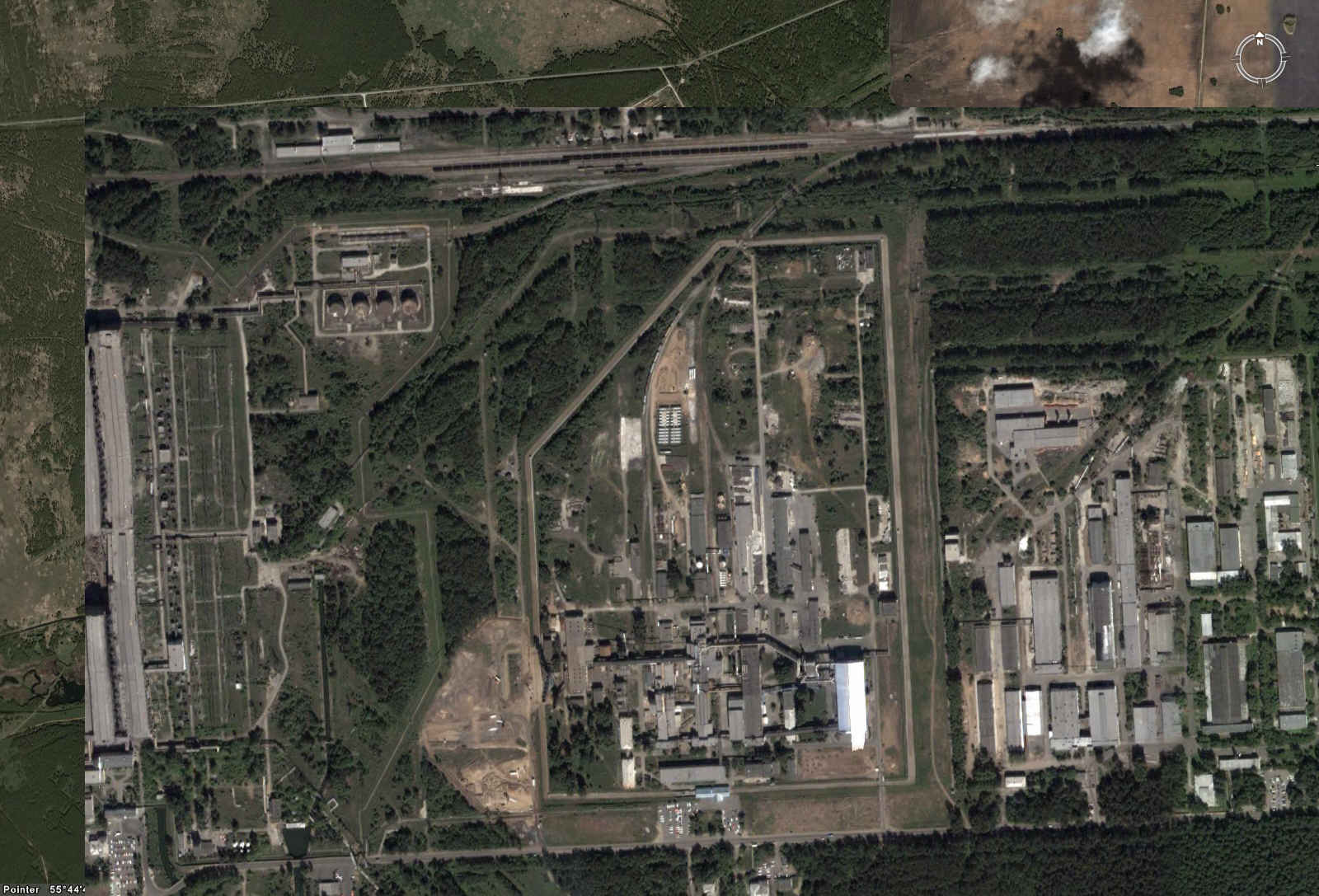 |
 |
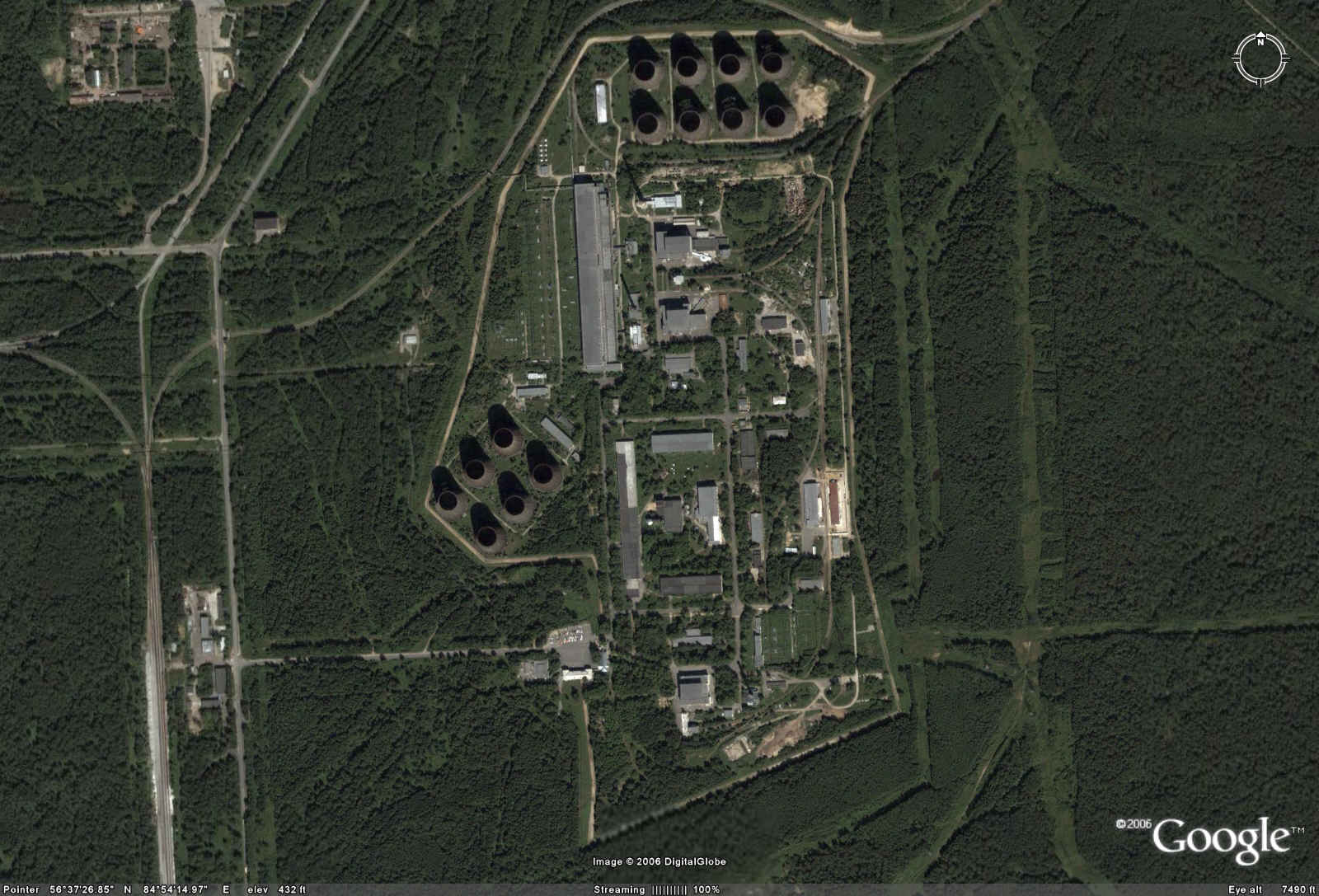 |
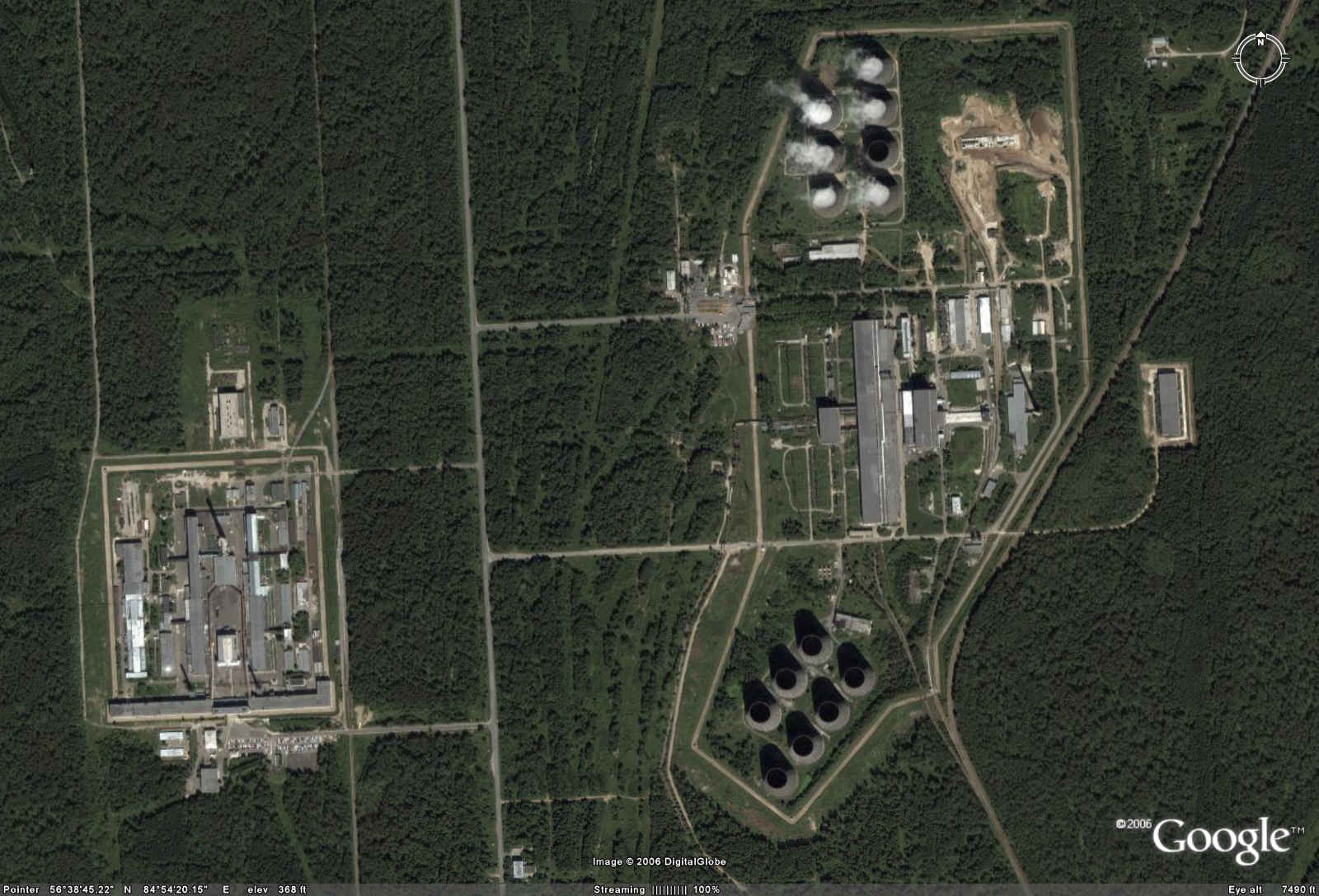 |
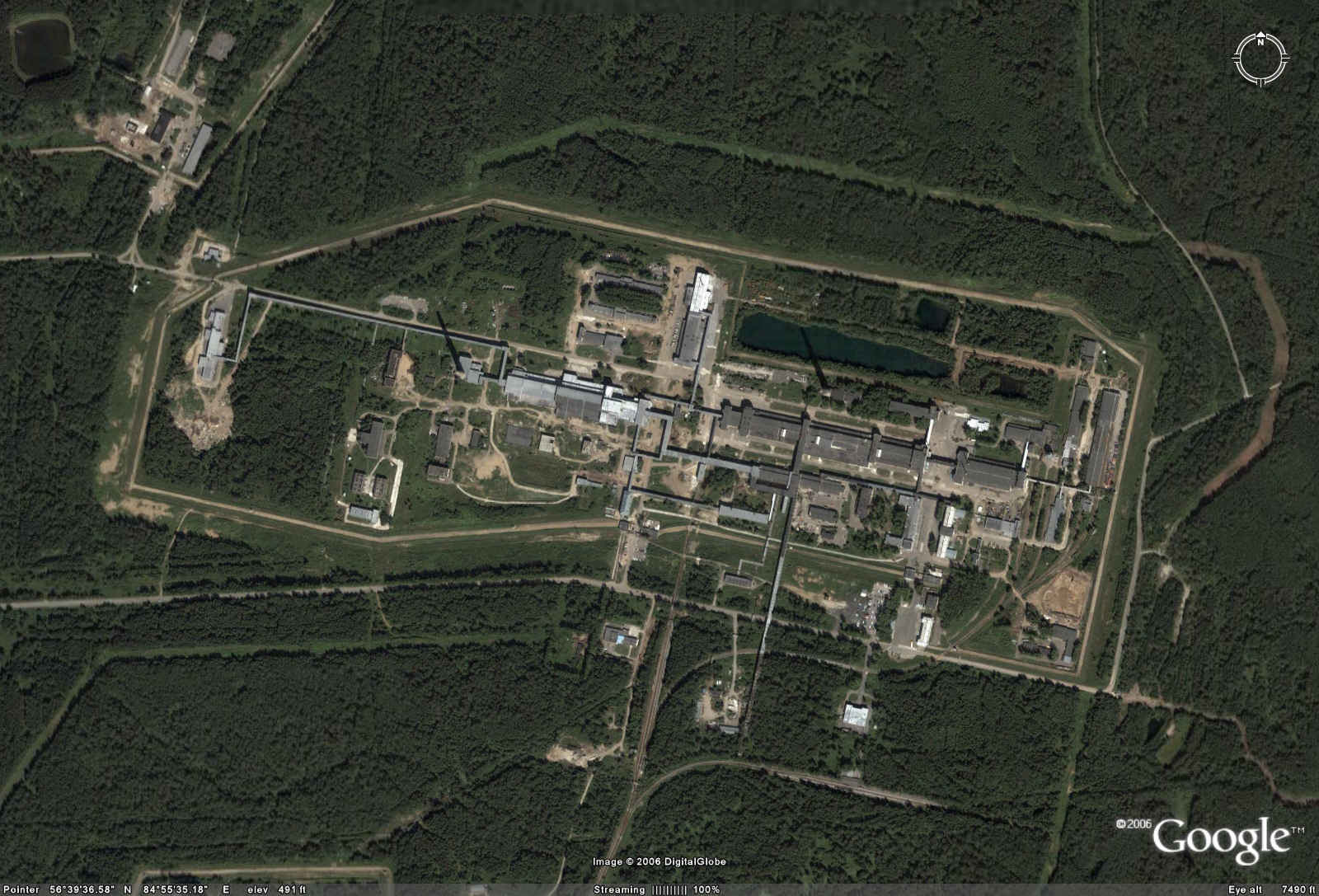 |